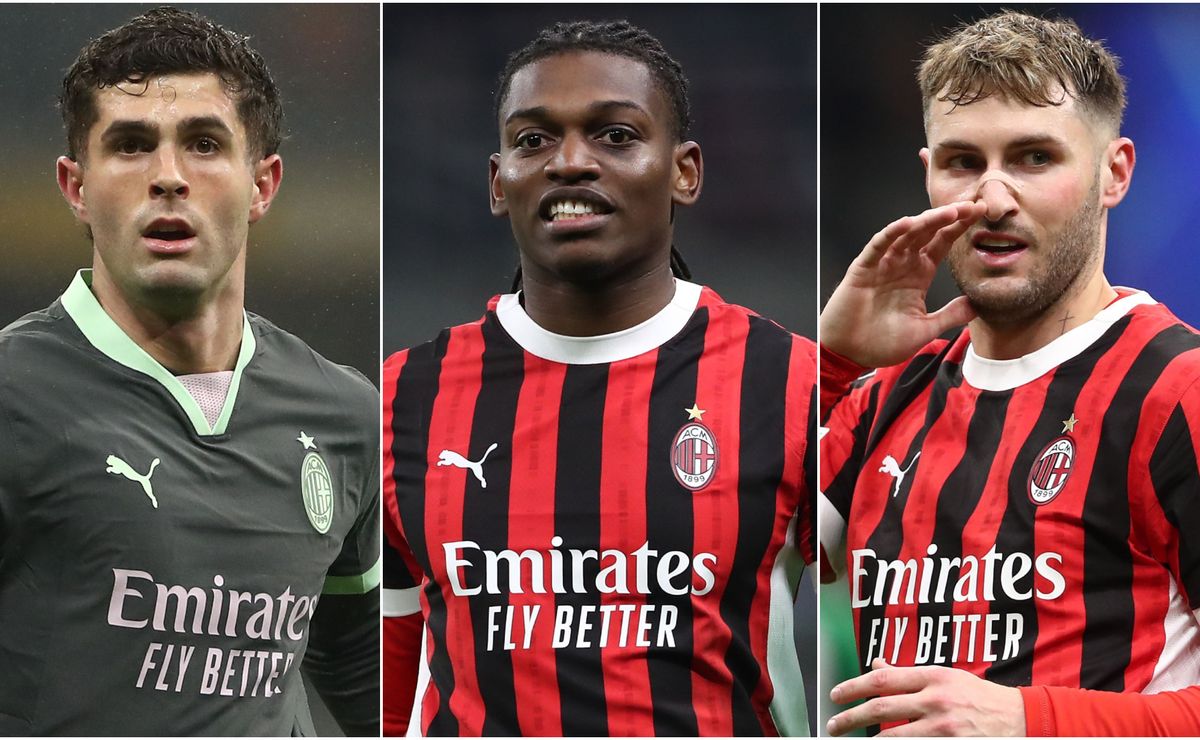Exclusively of a particularly exciting final Four, the 2025 NCAA tournament is intended to go down when this year’s Madness became Mundanness March. However, blaming zero as the root cause for a relatively drama -free post season may be misunderstood.
A final four with four No. 1 seeds has happened only once before – and the occasion was also in San Antonio. The Semifinal field 2025 in Auburn, Duke, Florida and Houston joins the 2008 four of Kansas, Memphis, North Carolina and UCLA.
This time, however, feels different, as the road to San Antonio 2025 took much fewer of console-busting detours that make the NCAA tournament so engaging. There are no parallels to western Kentucky that move on to Sweet 16, nor the corresponding Steph Curry almost alone shoots Davidson into the Final Four.
Realistically, a 2025 version of Curry may very well have transferred from a program like Davidson the year before and has come from a New Year’s season an average of 21.5 points per match.
Yes, College Basketball 2025 looks much different than 2008, and not just because the uniforms are no longer comical Baggy. The most astonishing difference derives from the Supreme Court’s ruling 2021 National Collegiate Athletic Association against Alstonthat made it possible for players to earn from their picture.
Since the introduction of Nil marked such a dramatic deviation from the previous 11 decades and change of college sports, it is a simple obligation to blame for this year’s uncharacterist predictable march. It is also a transmitter.
The Alston The decision came in the midst of a dizzying period of changes, including the never -previously seen relaxation of the transfer rules and some of the most transformative conferences renovation in university sports history.
Starting with Realignment, Using 2008 Conference Affiliarations Gives US A 2025 Sweet 16 with Representation from Two ACC Teams (Duke, Maryland), Three Big Ten Teams (Michigan, Michigan State, Purdue), ONE CONDEAM (Texas) West Team (BYU), One Pac-12 Team (Arizona) and Seven Sec Teams (Alabama, Arkansas, Auburn, Florida, Kentucky, Ole Miss, Tennessee).
Although it is still second, the overall distribution of conferences represented is not so consolidated-and even include two Mid-Major conferences. Applying up to the 2021 Conference Association gives us a sweet 16 with just a discussionable mid-Major League (Houston) and a definite center of the Major league in the West Coast Conference (BYU).
Power conferences Swelling to 16 and 18 teams contributes more to any sense of monotony in this tournament than Nil has done. The strengthening of transmission restrictions may be greater than the conference position, with competitions in regular flow. As mentioned with reference to Curry’s career at Davidson, a breakout is the middle of Major’s sensation in this era to leave for a more prominent program without punishment.
Borrows a line from Dave Moss, the rich become richer – it is the country’s law.
In fact, many transfers made their mark on this and the latest NCAA tournaments. Alabama advanced to this season’s Elite Eight and last year’s Final Four with stars from Ohio (Mark Sears) and North Dakota State (Grant Nelson), as well as Hofstra 2024 (Aaron Estrada).
In some ways, however, transfers may prove to be for this era of college basketball what the one-and-made beginner was in 2008.
The 2008 season was comparable to 2025 because it was only a few years away from a landmark rule – namely the NBA implemented an age limit for the draft. Accessibility to the Blue-Chip High School prospects that would have jumped straight to the pros over the past eight years made them the highest priority for top level programs.
Some of these blue chips made significant effects for championships. Kevin Love was Ucla’s star in his 2008 driving, and Derrick Rose emerged as a future NBA -MEST valuable player during Memphis’ NCAA tournament.
But for 15 years, from the time the NBA introduced the age limit until the sweeping NCAA changes after Covid, it turned out that programs built around the upper class routinely be best equipped to compete for national championships.
Likewise, competitions with time to spray – whether they arrive in beginners or transfers who spent several seasons together – would be more successful than teams built on mercenaries chasing zero agreements every season.
And that extends to the Cinderelles, which often shows up in March.
This tournament produced almost such an example with UC San Diego. Had Tritons taken down sweet 16-bound Michigan in the first round-after lost 2023-24 prominent Bryce Pope to southern California Kan conversation on this season be different.
The same goes for Colorado State defending Derik Queen’s Buzzer Beater to send Maryland to Sweet 16, or UNC Wilmington, who signed coach Takayo Sidel to an extension immediately after its NCAA tournament, with a late lead against Texas Tech.
College basketball is in a period of adjustment, partly because of zero, to be safe. But madness will return to Mars with time and adaptation.



